Contents
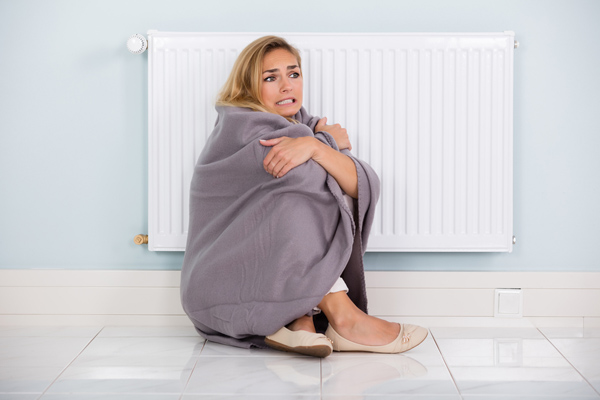
All homeowners want to have a comfortable home. Therefore, to achieve this, you will need to make sure that you have consistent and even indoor temperatures. This means that the temperature in each room should be the same. Any hot and cold spots in house will only cause discomfort and unease to you and your family.
Fortunately, central heating and cooling systems can help you ensure that your home receives balanced and the same temperature in all rooms in your home. If cold and hot spots plague your home, then your system is probably not working as it should. It is recommended that you try and find the cause so the issue can be resolved quickly.
What Causes The Cold & Hot Spots In Your Home?
Several issues can cause hot and cold spots in your house. To help you understand what the possible roots of this issue are, we have listed a few reasons that lead to temperature imbalances.
Your Home’s Design
The way your house is built can affect the airflow. The air from your HVAC unit might be having difficulty getting around your home due to its design. When this is the case, you are likely to experience warm and cold areas. Your home also might not have zoning, which can significantly help you maintain a constant and even temperature around your home.
Improper HVAC Ductwork Installation
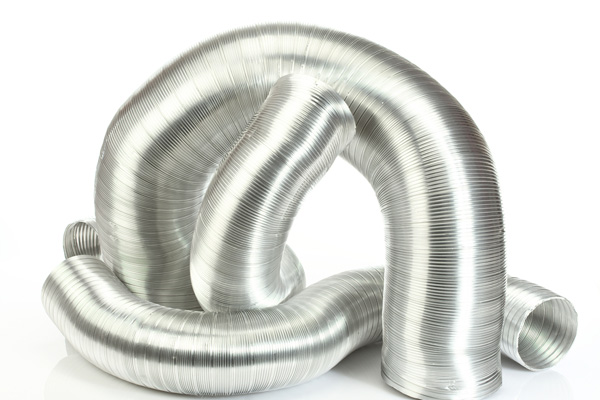
The ducts also have a lot to do with the heating and cooling situation around your home. If your ductwork is the culprit, it could be one of two reasons. The first is that your ducts may be the wrong size. The other reason is the duct system might have an improper design. These issues are typically present in older homes as the ducts cannot handle the demands that more technologically advanced systems have.
Clogged HVAC Air Vents Or Restricted Airflow
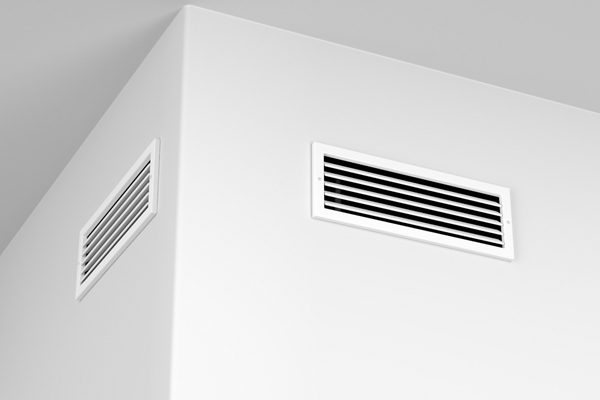
If you have a highly efficient HVAC unit in your home but still experience inconsistent temperatures, check your air vents. There might be something blocking it, such as a piece of furniture, curtains, or a houseplant. When this happens, the airflow is restricted. Keep in mind that anything that blocks the smooth airflow of conditioned air will result in certain spaces of your home to be a different temperature than what you want.
Solar Heat Gain
If you have a well-maintained HVAC unit but still experience cold and hot areas, then it might be because of solar heat gain. This is a result of your home getting a lot of sunlight during day time. Homes that have old, damaged, or low-efficiency windows tend to let more heat and light in. As a result, your HVAC’s performance is affected as it has a hard time keeping your home comfortable as it should.
Bad Thermostat Location
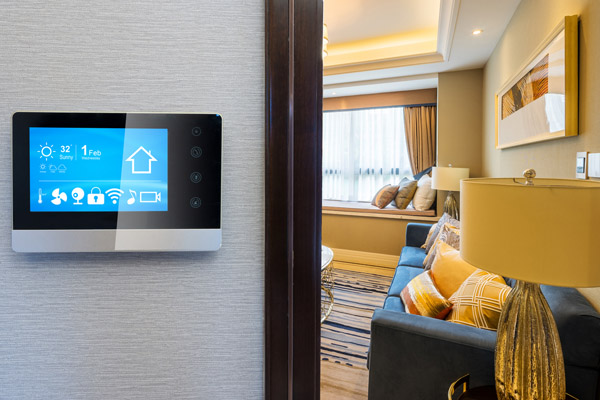
A thermostat that receives direct sunlight or is located near sources of heat or cold can affect the output of your HVAC system. This is because the temperature sensors in your unit cannot read the correct indoor temperature. It will then adjust the temperature inside your home to the wrong one.
Air Leakage
Indoor air that leaks outside (and outdoor air that leaks inside) can significantly affect the temperature inside your home. Air leaks typically occur when there are cracks, joint gaps, and holes on your windows, doors, or where the walls and ceilings meet. Although they might be small, they can still cause hot and cold areas around your home.
Improperly Sized HVAC Unit
The size of your HVAC system is its capacity to cool or heat your home. An HVAC unit that is improperly sized means you have one that is either too small or too large for the space you want to cool or heat. As a result, you will have an inefficient system. You will also encounter problems such as poor indoor air quality, short cycling, uneven room temperatures, and high humidity.
How To Eliminate Cold & Hot Areas
Eliminating cold and hot spots are easy and affordable. Listed below are several solutions you can do to try and restore a consistent and even temperature throughout your home.
Ensure That No Vents Are Blocked
Inspect all the air vents around your home. Make sure nothing is obstructing them. Keep in mind that your plants or furniture can block the airflow and disrupt the proper circulation of conditioned air throughout your home. Remove or relocate any blockages. You should make sure that all vents are clean and open as well.
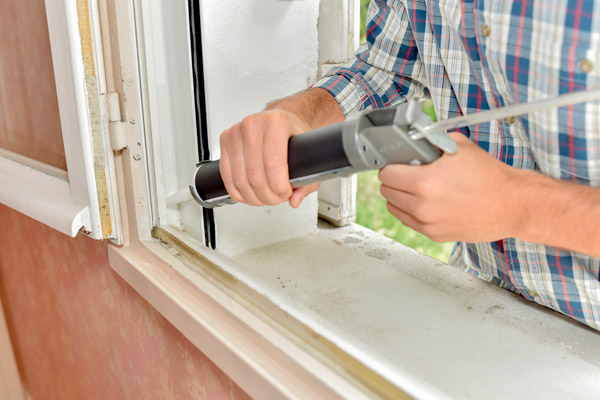
Weatherproof Your House
Holes, gaps, and cracks allow indoor air to escape and outdoor air to come in. Many homeowners are oblivious to how drafts cost them a few hundred dollars in energy costs per year. Not to mention the damage this can do to your HVAC system. Therefore, you should search for possible drafts around your house and get them fixed immediately.
Consider The Quality Of Your Insulation
If you own an old home or have outdated insulation, ask an expert to inspect it to determine if it is what’s causing the uneven temperatures around your home. Keep in mind that there are insulation materials that don’t last as long as others. This could be the reason for the temperature fluctuations between the rooms in your house.
Use HVAC Zoning and Good Thermostats
Creating multi-zones in your home is effective in combating cold-hot areas. It allows you to decrease or increase the temperature in specific rooms in your house. Therefore, you get even temperatures and a comfortable living space. Contact your local HVAC technician and ask about your zoning options, including installing ductless mini-splits. You should also consider installing a smart thermostat. It has automatic temperature adjustment capabilities that will help you balance the air in your home.
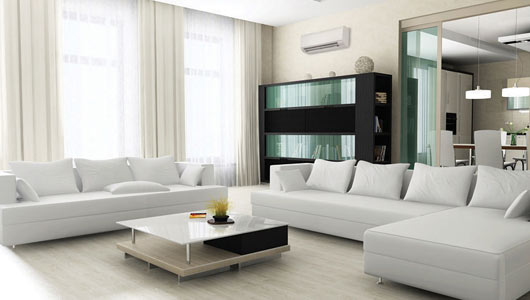
Clean Your HVAC Air Filters
Inefficient airflow causes warm or cold spots. Check your filter if you suspect that is experiencing issues. There might be a clog that is hindering your air filter from doing its job correctly. Make sure to check the air filters regularly. Clean or replace them as needed. Clean air filters will not only improve your indoor air temperature. It will also ensure that the air you breathe inside your home is free from pollutants.
Put Coverings On Your Windows
Window treatments are the most inexpensive and easiest way to resolve hot-cold spots in your home. Blinds and curtains can help you manage how much sunlight goes into your house. As a result, your heating and cooling unit will not strain just to maintain your desired indoor temperature.
Schedule Routine HVAC Tune-Ups
Most homeowners frequently ignore getting HVAC maintenance until their systems begin malfunctioning. Make sure to have your HVAC unit inspected at least once a year. This way, any potential issues are detected and mitigated early.
Call Wilcox Energy For All Of Your HVAC Needs
 Ensuring that there are no cold and hot areas in your home doesn’t need to be complicated. Several essential and simple ways are all it takes to fix the issue. This way, you can achieve the right indoor air balance that will make sure that you maintain indoor temperatures so that you and your family are comfortable.
Ensuring that there are no cold and hot areas in your home doesn’t need to be complicated. Several essential and simple ways are all it takes to fix the issue. This way, you can achieve the right indoor air balance that will make sure that you maintain indoor temperatures so that you and your family are comfortable.
Wilcox Energy provides top-quality and affordable HVAC services in the area. Our licensed and NATE certified professionals specialize in HVAC tune-ups, air conditioner repairs, boiler installations, and furnace replacements, and more. Rest assured that each of our techs is equipped with the required skills, experience, and knowledge to work on your HVAC system correctly. We guarantee that we can help you find the best home comfort solutions that will match your specific needs.
Working with Wilcox Energy guarantees that you are in good hands. We back our work with a warranty. Your home’s comfort, energy efficiency, and indoor air quality are our top priorities. Get in touch with one of our representatives today to schedule a free, no-obligation, in-home estimate.
For more information about our HVAC services, be sure to contact Wilcox Energy. You can click here to contact us, or you can call us at (860) 399-6218 to find out more. We offer a full line of heating and cooling repairs, maintenance services, and installations.
